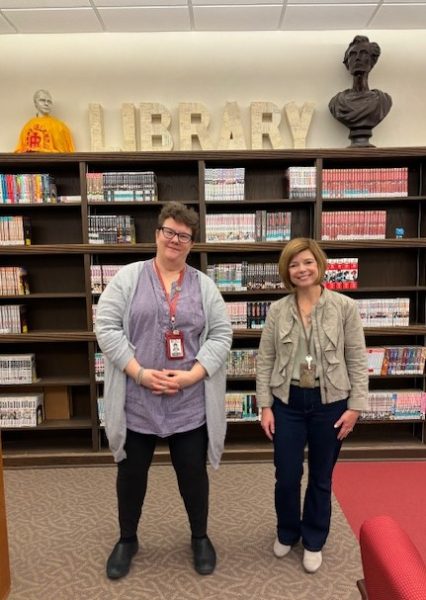Chamber vs. Concert Orchestra: A Noteworthy Difference
October 21, 2019
From afar, Concert and Chamber Orchestra may appear similar, and though they do share similarities, their differences are what set the two apart.
One of the main differences between Chamber and Concert Orchestra is the music. Mrs. Katie Benson commented, “Chamber music is much more advanced and challenging than Concert Orchestra. Students who have auditioned are expected to practice more and play at a higher level.” Elyse O’Brien, a current Chamber student, also discussed how difficult the music in Chamber is compared to the music she previously played in Concert. She said that although the music was difficult, it gave her new opportunities, such as getting a better cello and bow, as well as challenging her skills and encouraging her to practice more.
Another difference between Chamber and Concert is the way in which students are chosen to be in each. Benson said, “To be in Chamber Orchestra, students must audition. Students can simply register for Concert Orchestra.” She then went on to say, “Generally, the students in Chamber Orchestra are more advanced musicians, and Concert Orchestra students are working on more basic skills.” Benson discussed getting into Chamber further by explaining the specific requirements that are needed to join Chamber. “To get into Chamber, this year, students had to prepare a piece of music and a 3 octave scale. Three judges gave students points for each element prepared. Students who received the highest scores overall made it into Chamber Orchestra,” said Benson. This audition was purposefully meant to be difficult, in order for the judges to gage which students could handle the challenge.
The final biggest difference between Chamber and Concert Orchestra is the amount of effort and practice that goes into each separately. O’Brien and Benson both agreed that students must practice more, as well as be willing to learn. Benson’s advice for any students looking into auditioning for Chamber was, “Practice. Practice auditioning for people often, and ask for help when you need it.” She also mentioned that students in Chamber must be able to play advanced music, as well as have advanced musicianship. You learn and acquire many new skills in Chamber, such as learning new positions or playing a different clef from your own. All of these new skills take extra practice and time to figure out, and students joining Chamber are expected to be ready for that kind of challenge.
Benson’s favorite part about Orchestra is seeing students grow and mature as people and musicians, and says that she hopes all students in both groups move forward in personal and musical maturity. This can be considered a similarity between the two Orchestras, as for they are both striving for greatness.
Students in Chamber must be ready to put in more effort, along with being able to contribute to something bigger than themselves. They must also be willing to put in more time and effort into practicing, as well as setting aside extra time after school and on weekends to perform at gigging events. What sets the two apart overall is the musical integrity needed for each, along with the responsibilities tied to each of the Orchestras.







